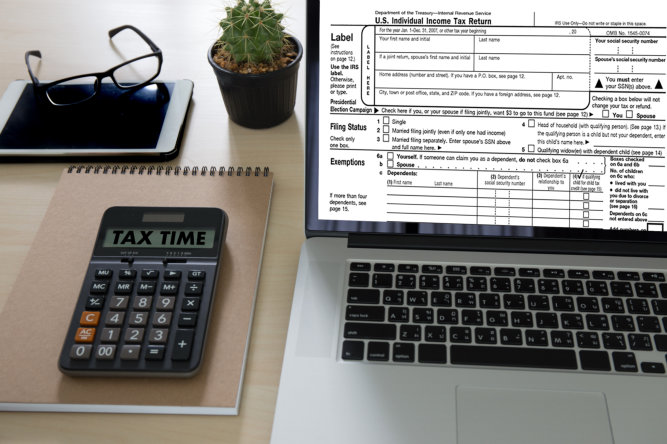
While many people are required to file a tax return, it’s a good idea for everyone to determine if they should file. Some people with low income are not required to file, but will need to do so if they can get a tax refund.
Here are five tips for taxpayers who are deciding whether to file a tax return:
Find out the general reasons to file
In most cases, income, filing status and age determine if a taxpayer must file a tax return. Other rules may apply if the taxpayer is self-employed or can be claimed as a dependent of someone else. There are other reasons when a taxpayer must file. The Interactive Tax Assistant can help someone determine if they the need to file a return.
Look at tax withheld or paid
Here are a few questions for taxpayers to ask themselves:
- Did the taxpayer’s employer withhold federal income tax from their pay?
- Did the taxpayer make estimated tax payments?
- Did they overpay last year and have it applied to this year’s tax?
If the answer is “yes” to any of these questions, they could be due a refund. They must file a tax return to get their money.
Look into whether they can claim the earned income tax credit
A working taxpayer who earned less than $55,592 last year could receive the EITC as a tax refund. They must qualify and may do so with or without a qualifying child. They can check eligibility by using the 2019 EITC Assistant on IRS.gov. Taxpayers need to file a tax return to claim the EITC.
Child tax credit or credit for other dependents
Taxpayers can claim the child tax credit if they have a qualifying child under the age of 17 and meet other qualifications. Other taxpayers may be eligible for the credit for other dependents. This includes people who have:
- Dependent children who are age 17 or older at the end of 2019
- Parents or other qualifying individuals they support
The Child-Related Tax Benefits tool can help people determine if they qualify for these two credits.
Education credits
There are two higher education credits that reduce the amount of tax someone owes on their tax return. One is the American opportunity tax credit and the other is the lifetime learning credit. The taxpayer, their spouse or their dependent must have been a student enrolled at least half time for one academic period to qualify. The taxpayer may qualify for one of these credits even if they don’t owe any taxes. Form 8863, Education Credits is used to claim the credit when filing the tax return.
More information:




